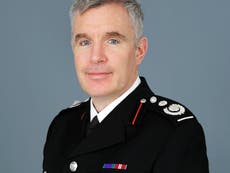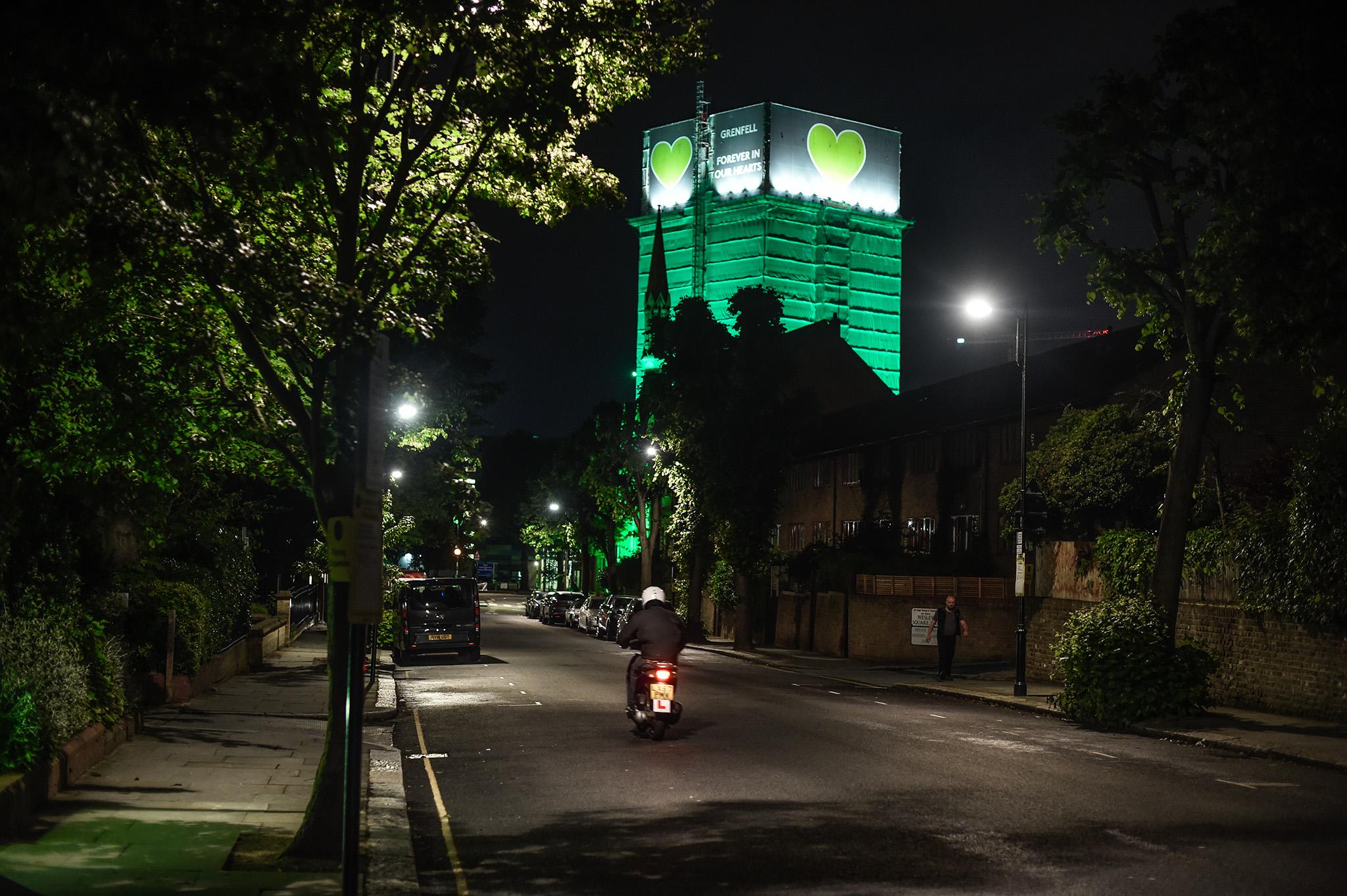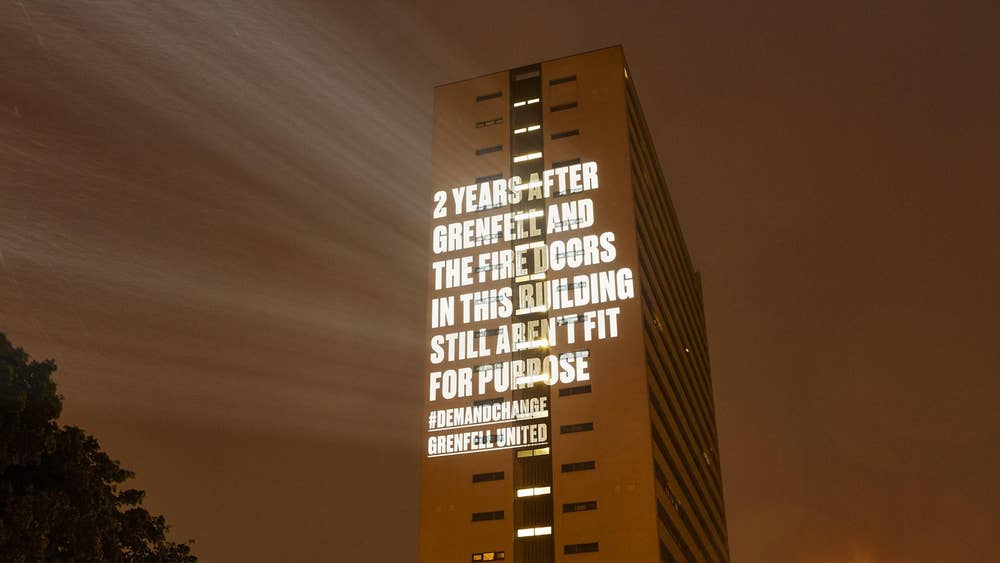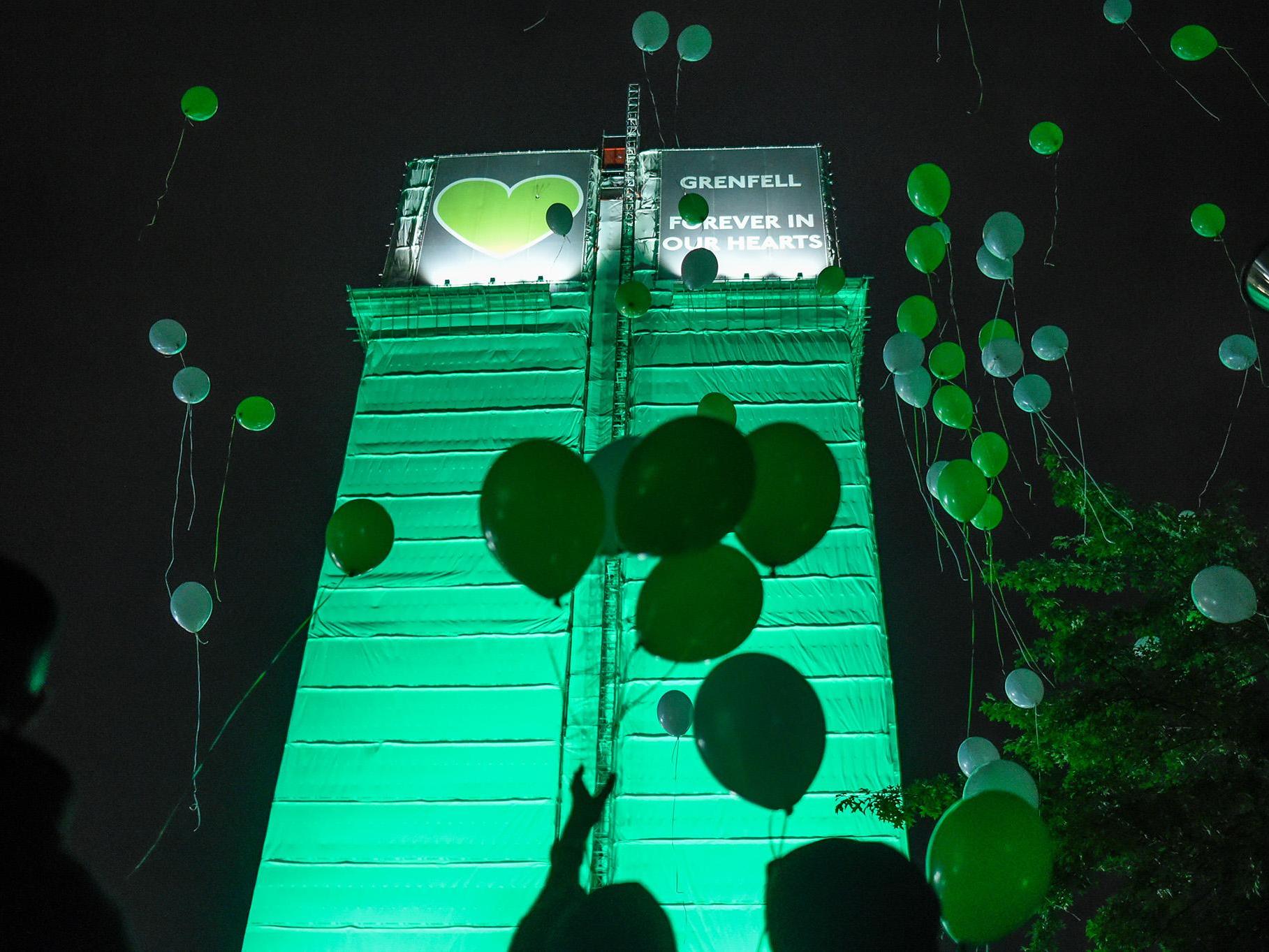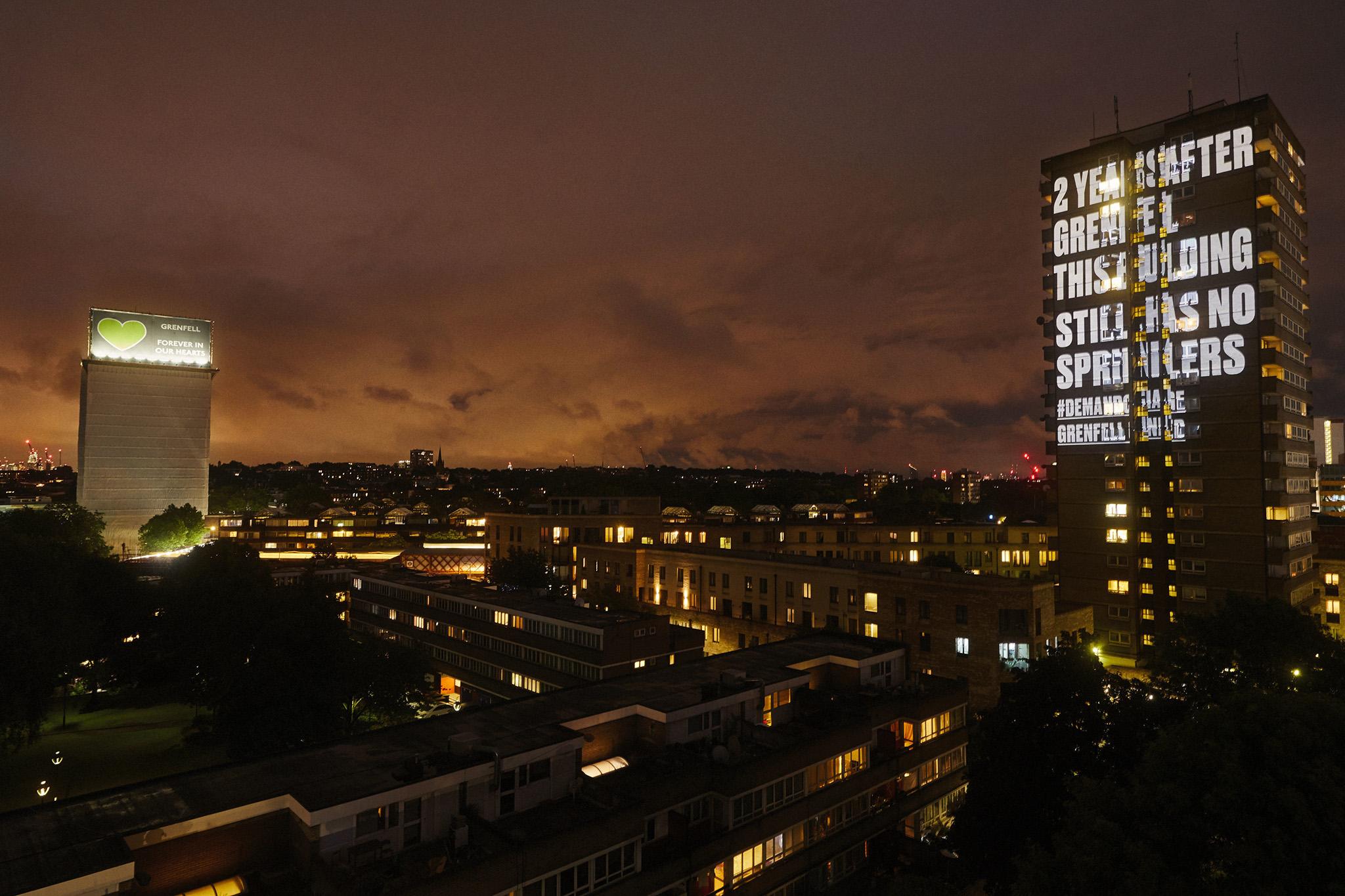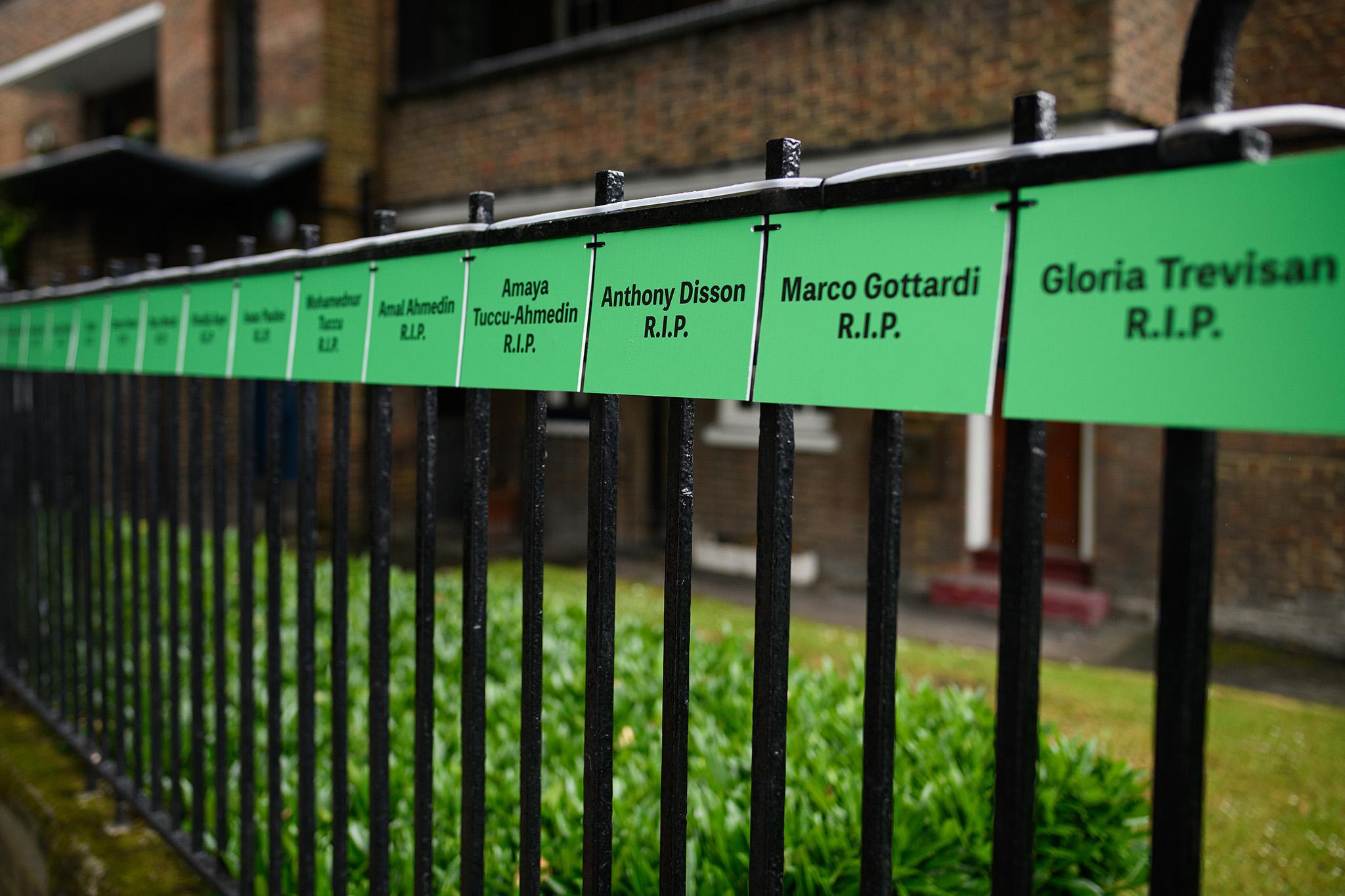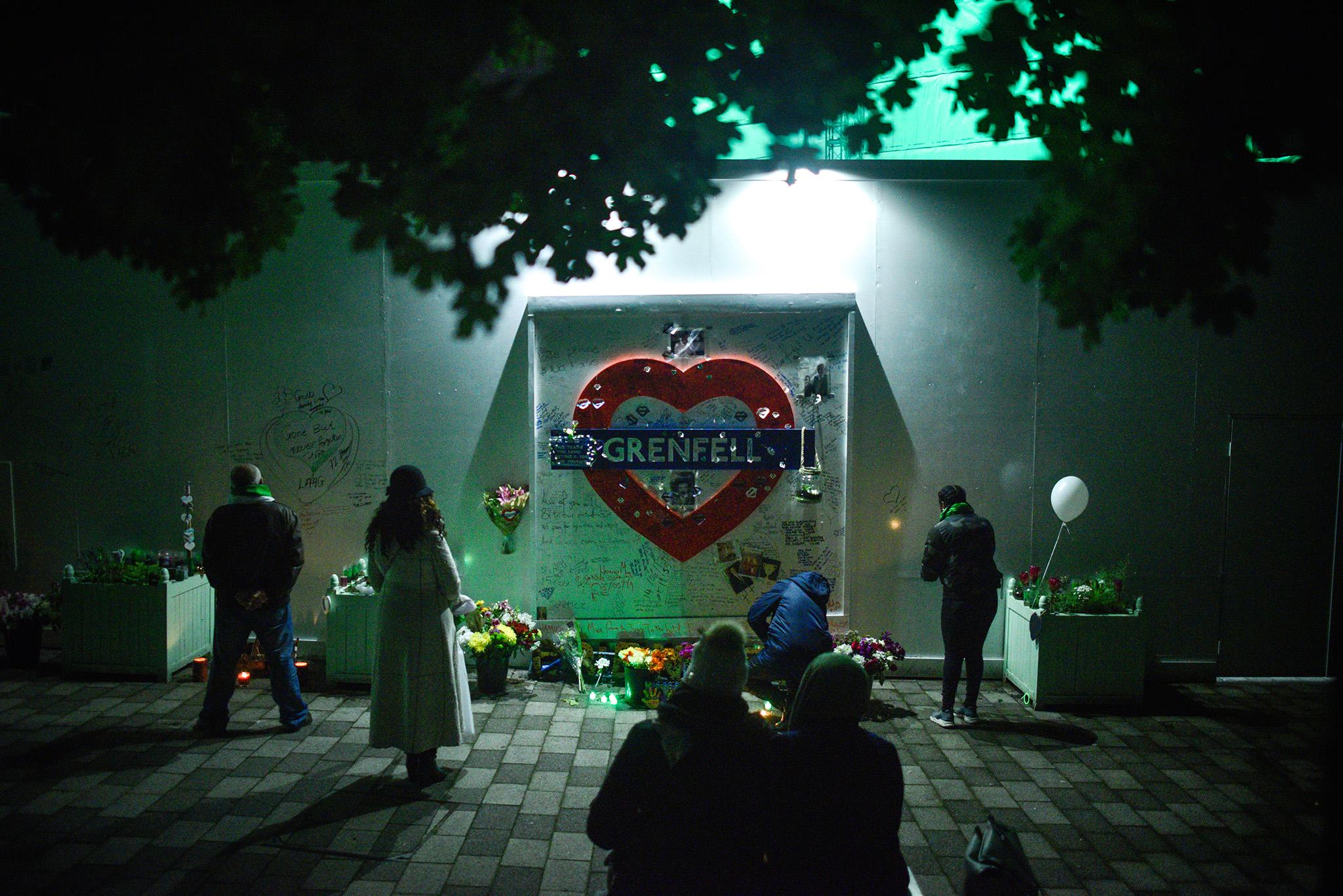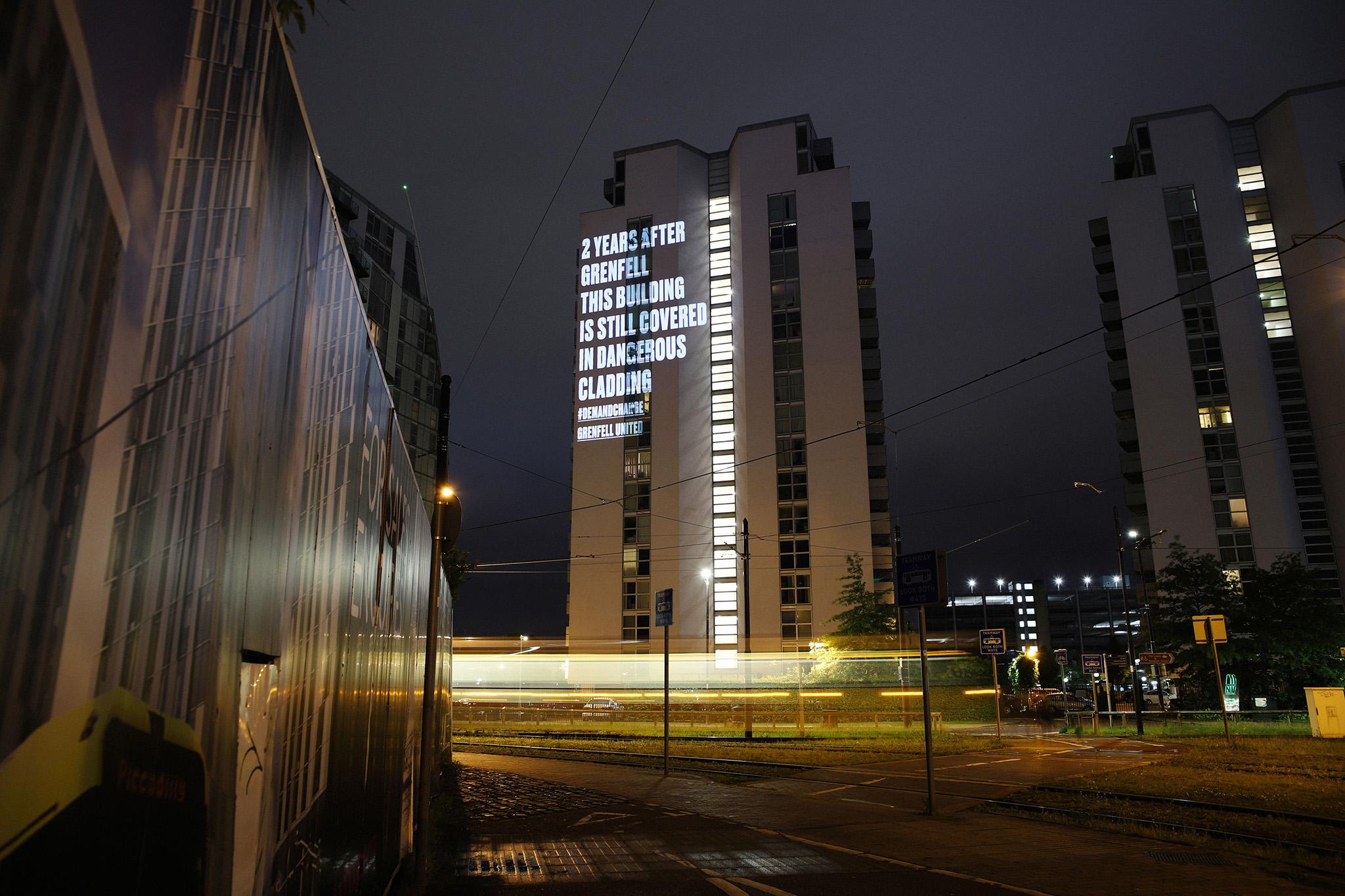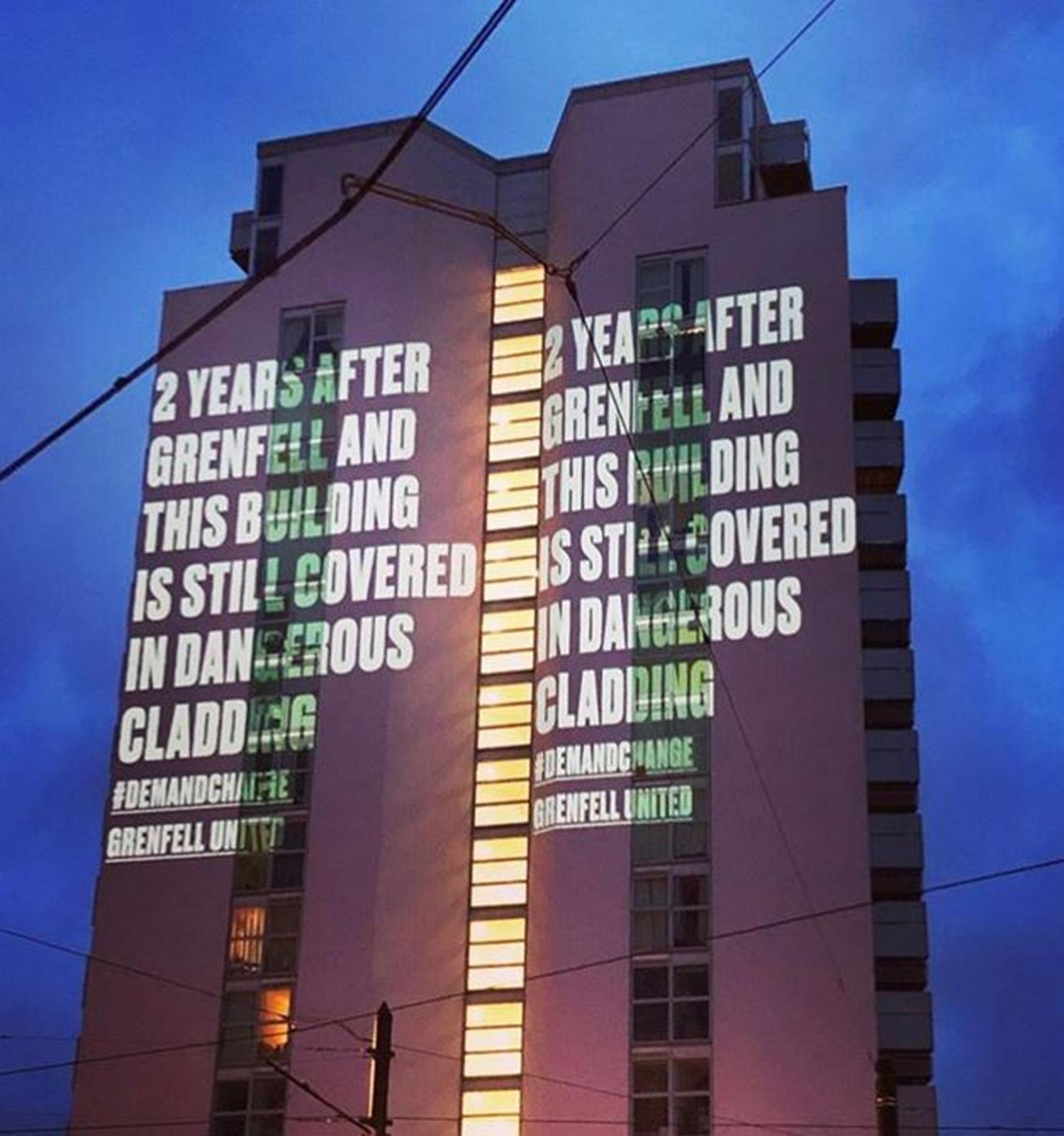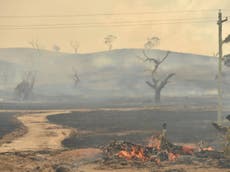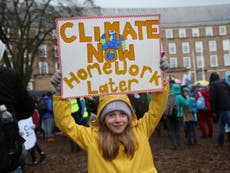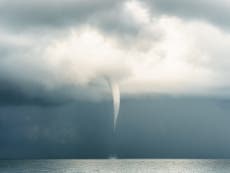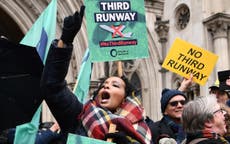Astra came super close
Astra’s rocket on the launchpad in Alaska. Image: DARPA
DARPA’s competition to find a rocket company that can rapidly send satellites to space ended without a winner on March 2nd when the final team failed to launch by the contest’s deadline. Rocket startup Astra came within less than a minute of launching its brand-new rocket for the competition out of Alaska, but it had to halt the mission due to some bad data from the vehicle. As a result, the company lost out on winning up to $12 million — and now, no one will win the money prize.
The competition, known as the DARPA Launch Challenge, began about two years ago with the goal of finding a rocket launch provider that could quickly respond to a request to launch any payload from the military. To win the competition, eligible teams had to demonstrate that they could launch small national security satellites from practically any launch site in the US with very little heads-up. A company had to launch at least two rockets carrying DARPA payloads within two weeks of each other during very specific windows.
DARPA originally selected three teams to compete in the challenge, including Virgin Orbit’s subsidiary Vox Space and former small-satellite launcher Vector, which went bankrupt in December. Both dropped out, leaving Astra, a company that had been in stealth mode for years until early February. Astra has been testing its new vehicle over the last couple of years and has had a few launch failures, including one that led to soil contamination at Alaska’s Pacific Spaceport Complex on Kodiak Island.
ASTRA WAS THE ONLY COMPANY REMAINING IN THE COMPETITION
However, Astra remained in the competition, and on February 18th, DARPA publicly revealed the dates and locations for the company’s launch attempts. In order to win, Astra had to first launch its rocket from the Pacific Spaceport Complex between February 17th and March 1st and then again sometime later in March. For the first launch, DARPA gave details about what payloads Astra would be launching on January 22nd, and the company only saw the satellites when they arrived at the launch site in Alaska to be added on top of the rocket. The initial payloads consisted of three small satellites as well as one that was supposed to remain attached to the rocket in space.
After experiencing some weather delays, Astra was finally set to launch on Monday, March 2nd — the last day in the window, which had been extended by a day due to the poor weather. With its rocket on the launchpad, the company counted down to T-53 seconds but ultimately stopped the countdown when engineers saw some bad data coming from the rocket. The engineering team tried to fix the problem before the launch window ended at 6:30PM ET, but it didn’t figure out the issue in time.
“Fundamentally, safety is our top priority, and winning the challenge would have been fantastic today, but our objective really is to reach orbit in as few flights as possible,” Chris Kemp, Astra co-founder and CEO, said on the live stream broadcasting the mission. “So we really want to use this rocket, and we want to get out there again when we know everything is perfect. And unfortunately, that wasn’t today.” The flight would have been the company’s debut flight to orbit.
If Astra had been able to launch to orbit successfully yesterday, the company could have won a $2 million prize and been eligible to win an additional $10 million if it could launch a second time just a few weeks later. Now, no one will win that prize money, and DARPA plans to remove the payloads from Astra’s rocket. “It was a hard challenge,” Todd Master, the project manager for the DARPA Launch Challenge, said during the live stream. “We set it to be achievable. But certainly, DARPA holds a bar for really hard tests that we asked competitors to do. So they got almost there, almost made it to the finish line. Just didn’t quite make it.”
In the meantime, Astra says it’s already working toward its next launch attempt, which could occur out of Alaska as soon as March 15th. Kemp says he’s unsure what the company will fly on the mission, if anything. But there are apparently a lot of customers who want the opportunity to fly on the vehicle. “We were frankly bombarded with interest from folks that want to fly on it,” Kemp told The Verge after the launch. “The DARPA payload was removed because that was part of the challenge, and so we’re trying to decide whether we will revive the license to fly without a payload, or if one of our many customers can be ready for us.”
With this next launch, Kemp says the company will still consider things a success even if the vehicle doesn’t reach orbit. In fact, the goal is to get to orbit within the next three upcoming launches. “We’re going for a birdie here,” Kemp said. “We’re not going for a hole in one.”
DARPA’s competition to find a rocket company that can rapidly send satellites to space ended without a winner on March 2nd when the final team failed to launch by the contest’s deadline. Rocket startup Astra came within less than a minute of launching its brand-new rocket for the competition out of Alaska, but it had to halt the mission due to some bad data from the vehicle. As a result, the company lost out on winning up to $12 million — and now, no one will win the money prize.
The competition, known as the DARPA Launch Challenge, began about two years ago with the goal of finding a rocket launch provider that could quickly respond to a request to launch any payload from the military. To win the competition, eligible teams had to demonstrate that they could launch small national security satellites from practically any launch site in the US with very little heads-up. A company had to launch at least two rockets carrying DARPA payloads within two weeks of each other during very specific windows.
DARPA originally selected three teams to compete in the challenge, including Virgin Orbit’s subsidiary Vox Space and former small-satellite launcher Vector, which went bankrupt in December. Both dropped out, leaving Astra, a company that had been in stealth mode for years until early February. Astra has been testing its new vehicle over the last couple of years and has had a few launch failures, including one that led to soil contamination at Alaska’s Pacific Spaceport Complex on Kodiak Island.
ASTRA WAS THE ONLY COMPANY REMAINING IN THE COMPETITION
However, Astra remained in the competition, and on February 18th, DARPA publicly revealed the dates and locations for the company’s launch attempts. In order to win, Astra had to first launch its rocket from the Pacific Spaceport Complex between February 17th and March 1st and then again sometime later in March. For the first launch, DARPA gave details about what payloads Astra would be launching on January 22nd, and the company only saw the satellites when they arrived at the launch site in Alaska to be added on top of the rocket. The initial payloads consisted of three small satellites as well as one that was supposed to remain attached to the rocket in space.
After experiencing some weather delays, Astra was finally set to launch on Monday, March 2nd — the last day in the window, which had been extended by a day due to the poor weather. With its rocket on the launchpad, the company counted down to T-53 seconds but ultimately stopped the countdown when engineers saw some bad data coming from the rocket. The engineering team tried to fix the problem before the launch window ended at 6:30PM ET, but it didn’t figure out the issue in time.
“Fundamentally, safety is our top priority, and winning the challenge would have been fantastic today, but our objective really is to reach orbit in as few flights as possible,” Chris Kemp, Astra co-founder and CEO, said on the live stream broadcasting the mission. “So we really want to use this rocket, and we want to get out there again when we know everything is perfect. And unfortunately, that wasn’t today.” The flight would have been the company’s debut flight to orbit.
If Astra had been able to launch to orbit successfully yesterday, the company could have won a $2 million prize and been eligible to win an additional $10 million if it could launch a second time just a few weeks later. Now, no one will win that prize money, and DARPA plans to remove the payloads from Astra’s rocket. “It was a hard challenge,” Todd Master, the project manager for the DARPA Launch Challenge, said during the live stream. “We set it to be achievable. But certainly, DARPA holds a bar for really hard tests that we asked competitors to do. So they got almost there, almost made it to the finish line. Just didn’t quite make it.”
In the meantime, Astra says it’s already working toward its next launch attempt, which could occur out of Alaska as soon as March 15th. Kemp says he’s unsure what the company will fly on the mission, if anything. But there are apparently a lot of customers who want the opportunity to fly on the vehicle. “We were frankly bombarded with interest from folks that want to fly on it,” Kemp told The Verge after the launch. “The DARPA payload was removed because that was part of the challenge, and so we’re trying to decide whether we will revive the license to fly without a payload, or if one of our many customers can be ready for us.”
With this next launch, Kemp says the company will still consider things a success even if the vehicle doesn’t reach orbit. In fact, the goal is to get to orbit within the next three upcoming launches. “We’re going for a birdie here,” Kemp said. “We’re not going for a hole in one.”
---30---
/cdn.vox-cdn.com/uploads/chorus_image/image/66423385/2020022916203838__1530825927298140512_BCK_2536.0.jpg)
/cdn.vox-cdn.com/uploads/chorus_image/image/66398437/1207542966.jpg.0.jpg)
/cdn.vox-cdn.com/uploads/chorus_image/image/66430356/Transit_Cargo1.0.jpg) The standard Transit cargo van. Image: Ford
The standard Transit cargo van. Image: Ford:no_upscale()/cdn.vox-cdn.com/uploads/chorus_asset/file/19765374/CHUB01073_TransitArt_SP_C04_16x9_4_.jpg)
/cdn.vox-cdn.com/uploads/chorus_image/image/66427879/nikola_tre1.0.jpg)
/cdn.vox-cdn.com/uploads/chorus_image/image/66429659/1204218269.jpg.0.jpg)
/cdn.vox-cdn.com/uploads/chorus_image/image/66430253/1200174139.jpg.0.jpg)

/cdn.vox-cdn.com/uploads/chorus_image/image/66423874/1204820493.jpg.0.jpg)


